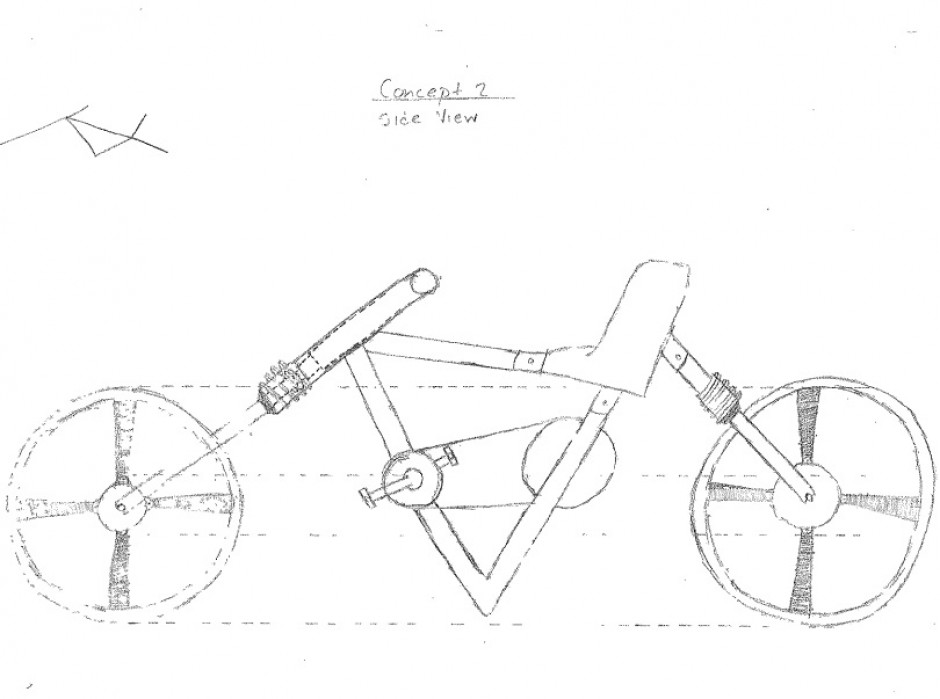Randal Umpierre
7-23-13
Literature Review 2
A review of energy storage systems in microgrids with wind turbines by Abdorreza Rabiee, Hossein Khorramdel, and Jamshid Aghael
This article is about the different types of energy storage systems that can be used in micro grids with wind turbines. There are a few ways to obtain electrical energy from storing energy. They are:
– Gravitational potential energy with water reservoirs.
– Compressed air.
– Electrochemical energy in batteries and flow batteries.
– Chemical energy in fuel cells.
– Kinetic energy in flywheels.
– Creation of magnetic fields in inductors.
– Creation of electric field in capacitors.
Storing electrical energy from water reservoirs depends on the pressure and quantity of the water available. The electrical energy that is stored is proportional to the water volume and the height of the waterfall. This system is the most used for high–power applications. The life span of this type of storage is about 30-50 years, with an efficiency of 65-75%.
Energy storage from compressed air works by storing electricity through an air compressor in an underground storage cavern. When energy is needed, the compressed air is extracted from the cavern, heated, and expanded in a set of high and low pressure turbines and is transformed into kinetic energy. The air is also mixed with natural gas and is combusted for extra power. The turbines are connected to generators and transform their kinetic energy into electricity. The life span of this method is about 40 years with an efficiency of 71%.
Energy storage from batteries works by linking multiple cells either in series or in parallel in order to receive the desired voltage and capacity. Each cell consists of two conductor electrodes and electrolytes placed in a sealed container and connected to an external source or load. This system is consisted of batteries, the control and power conditioning system, and the facility itself, which is responsible for regulating and protecting the entire system. There are many types of batteries used in this method and their life spans and efficiencies vary.
Energy storage in fuel cells is produced when water is electrolytically decomposed into hydrogen and oxygen. It can be used stored to be used in fuel cells, or transported through pipelines and turned into electricity. Unfortunately, this method suffers from a low efficiency of 42% due to the efficiency of the components involved.
Flywheel energy storage works by storing energy from kinetic energy. A wheel of sufficient mass rotates on two magnetic bearings in order to decrease friction at high speed, and is coupled to an electric machine. The wheel is discharged when the machine regenerates through the drive. They are rated at about 90% efficiency.
Energy storage through magnetic fields is a new method. The method works by storing energy into a DC current generated magnetic field through a supercoil that is operating at cryogenic temperatures. The current generated depends on the temperature of the coil.
Energy storage through electric fields is based off of energy storage from batteries. However, this method uses capacitors instead of batteries. Like batteries, capacitors rely on electrolytes and electrochemical interactions to generate voltage and current. It has an efficiency of about 75-80%.



